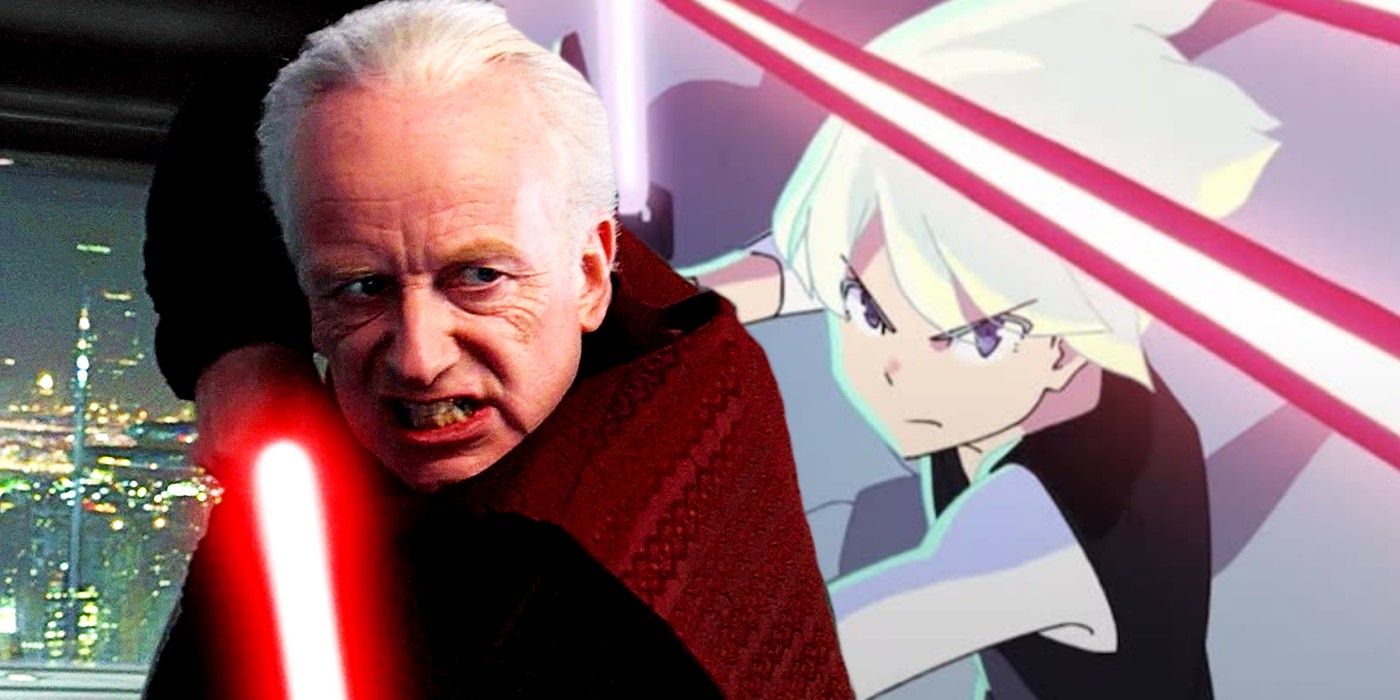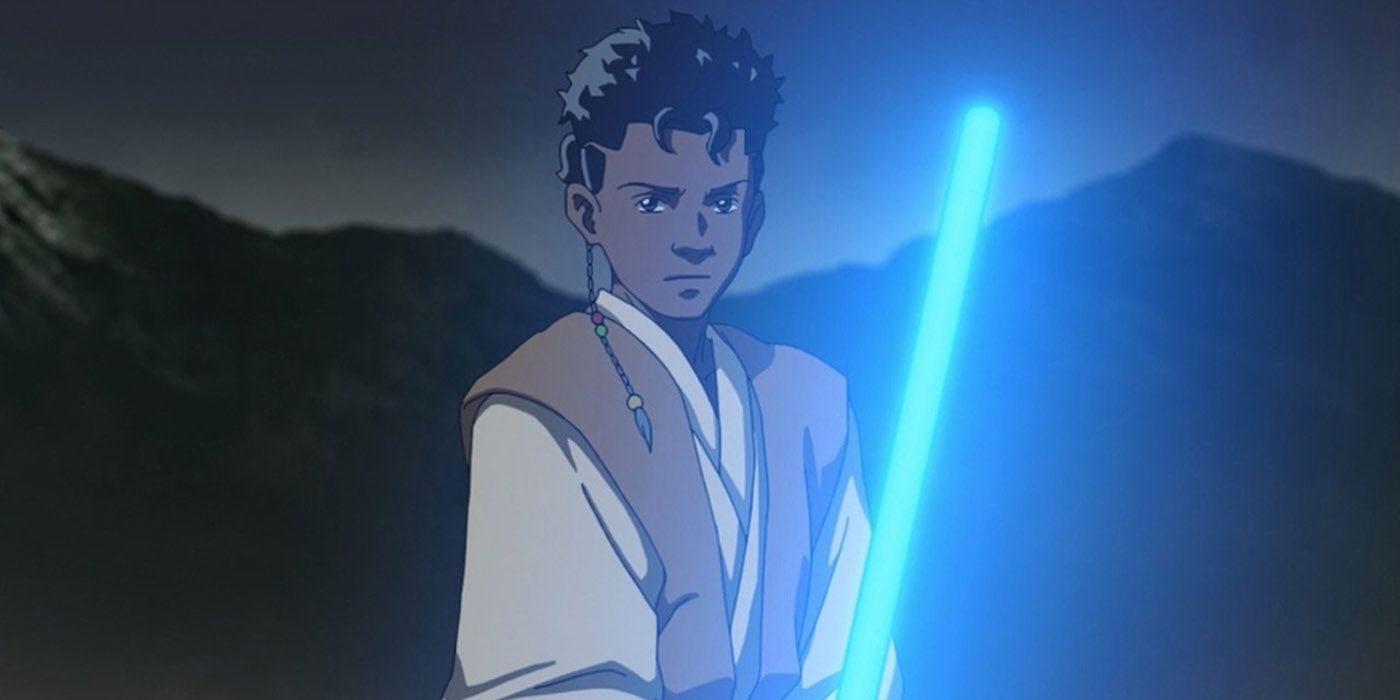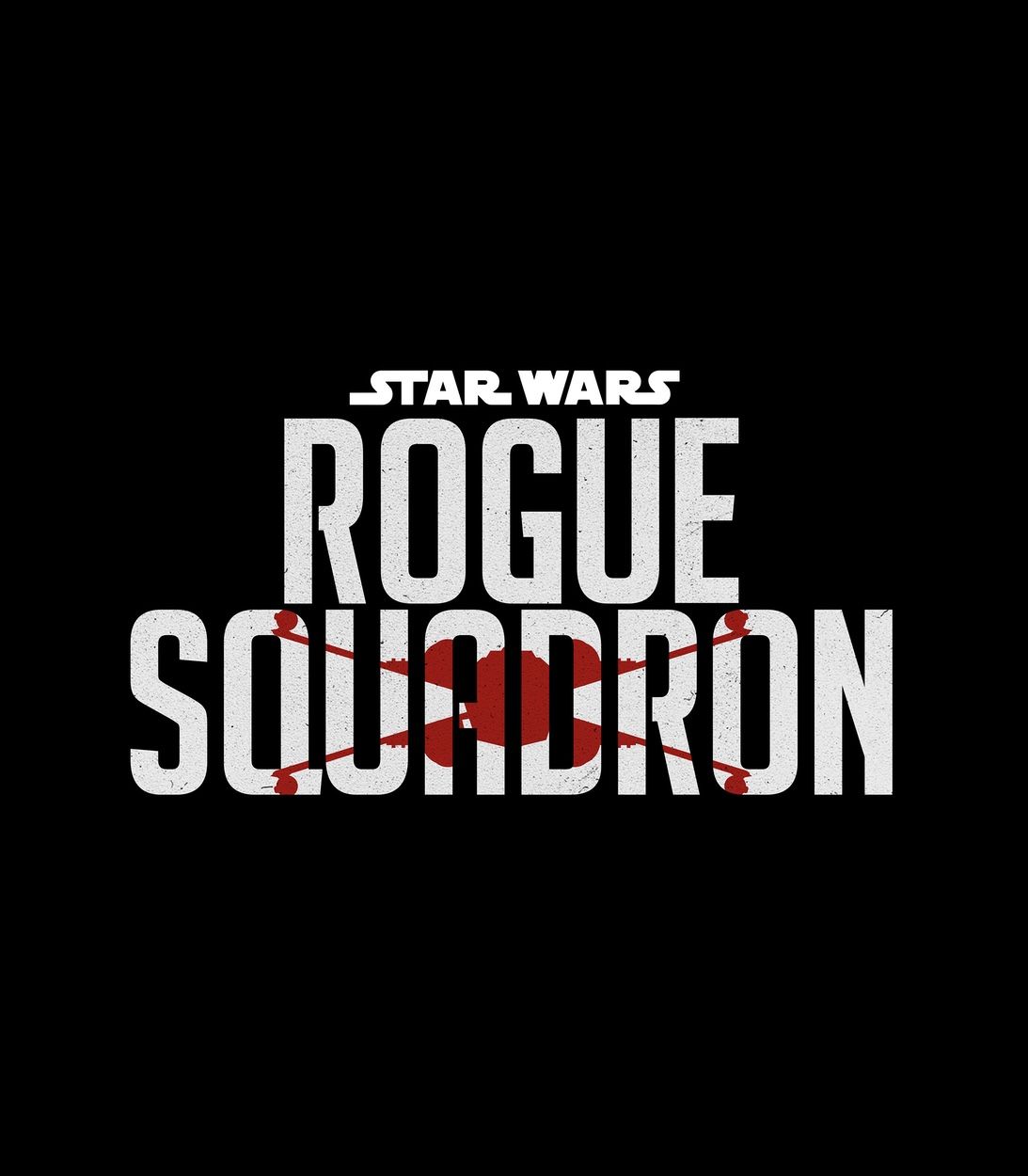In addition to giving audiences a glimpse at a post-Rise of Skywalker galaxy, Star Wars: Visions' fifth episode "The Ninth Jedi" suggests that the Jedi's greatest threat isn't the Sith, but rather the end of lightsabers. Of course, the Sith are indeed a threat to the Jedi - the entire Skywalker Saga is set against the eternal struggle for power between the two groups. Naturally, then, "The Ninth Jedi" does include the dark side users, but they're treated as a secondary concern to the loss of the Jedi's iconic weapon.
Kenji Kamiyama of Production I.G., the company behind "The Ninth Jedi," said "We all love stories of the Jedi and lightsabers, but what became of the Jedi knights after the movie series? My story is about that." (via Inverse) When Kamayama's story isn't busy treating fans to a new, better way to explain lightsaber colors, it paints the picture of a bleak future in which would-be Jedi are awed at the sight of a weapon that would have been common during the heyday of their Order. This future isn't unexpected, however, as even in the original and sequel trilogies, lightsaber crystals, and those who know how to construct the sabers themselves, are in short supply.
It's been well-established in Star Wars canon that lightsabers are powered by Force-attuned Kyber crystals. What's more, the finding and gathering of these crystals was once an integral part of any young Jedi's journey. Star Wars: The Clone Wars season five, episode six "The Gathering" depicts such a journey on the Kyber-rich planet of Ilum. Star Wars: Rogue One also addressed lightsaber crystals and introduced audiences to Jedha, another Kyber-heavy planet. Unfortunately for the future of the Jedi, the Kyber crystals' energy could also be repurposed, with the Sith's affinity for planet-destroying superweapons essentially reducing the crystals from sacred objects to fossil fuels. Jedha was notably mined for Kyber crystals to power the Death Star, while Ilum was transformed into Starkiller Base. Given that Emperor Palpatine's fleet of planet-killing Star Destroyers in Star Wars: The Rise of Skywalker was also powered by Kyber crystals, it's safe to question how many are left in the galaxy at the time of "The Ninth Jedi."
Another issue for the future of lightsabers is that there simply aren't many Jedi left. Considering how many Jedi were wiped out in Order 66, it's unclear who may be able to carry on the tradition of lightsaber construction. Though Rey finished her fight against the First Order with the ancient Jedi texts in her possession, the loss of Luke Skywalker and the ambiguous fates of Ahsoka Tano and Ezra Bridger are discouraging signs.
Despite the fact that Star Wars: Visions is not currently accepted canon, the galaxy "The Ninth Jedi" depicts is in line with what's shown in Star Wars films. Lightsabers are already a rare commodity by the time Luke sees one for the first time, with Obi-Wan Kenobi going as far as to explain what the item is. In the era of the sequel trilogy, the Jedi and the Force are only myths to people like Rey. A lack of materials and knowledge may even explain why the Force-sensitive Knights of Ren didn't have lightsabers, even though they followed an incredibly strong Force user. It's only logical that with almost no resources and almost no Jedi left in the galaxy, the art of making lightsabers is destined to die out.
Of course, while Jedi are not defined by their weapons, lightsabers are an integral part of Star Wars. Perhaps the no-longer canon Expanded Universe concept of synthesized lightsaber crystals can be re-introduced down the line. Regardless, Star Wars: Visions has shed light on what may quickly become an existential threat to the future of the Jedi.



